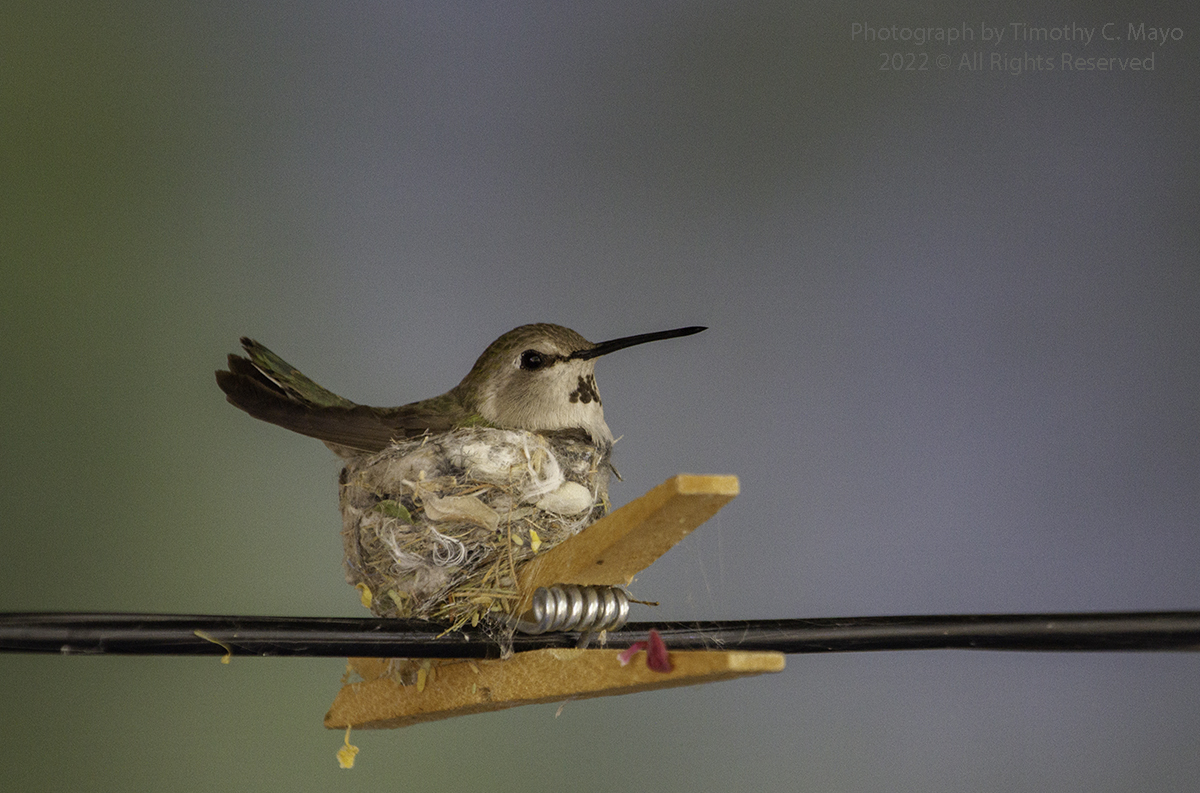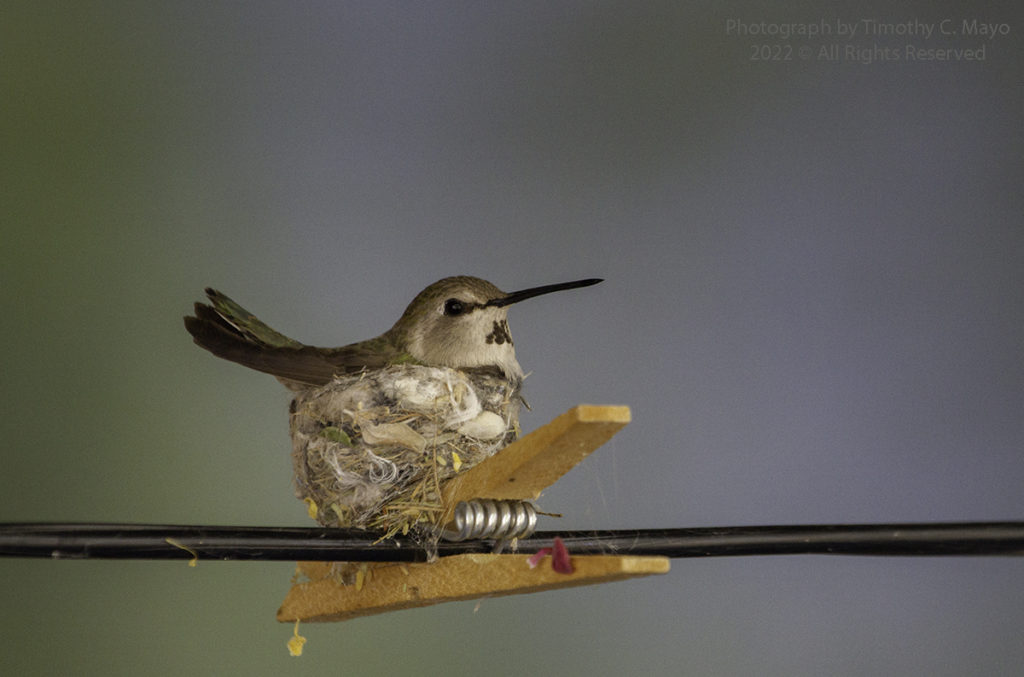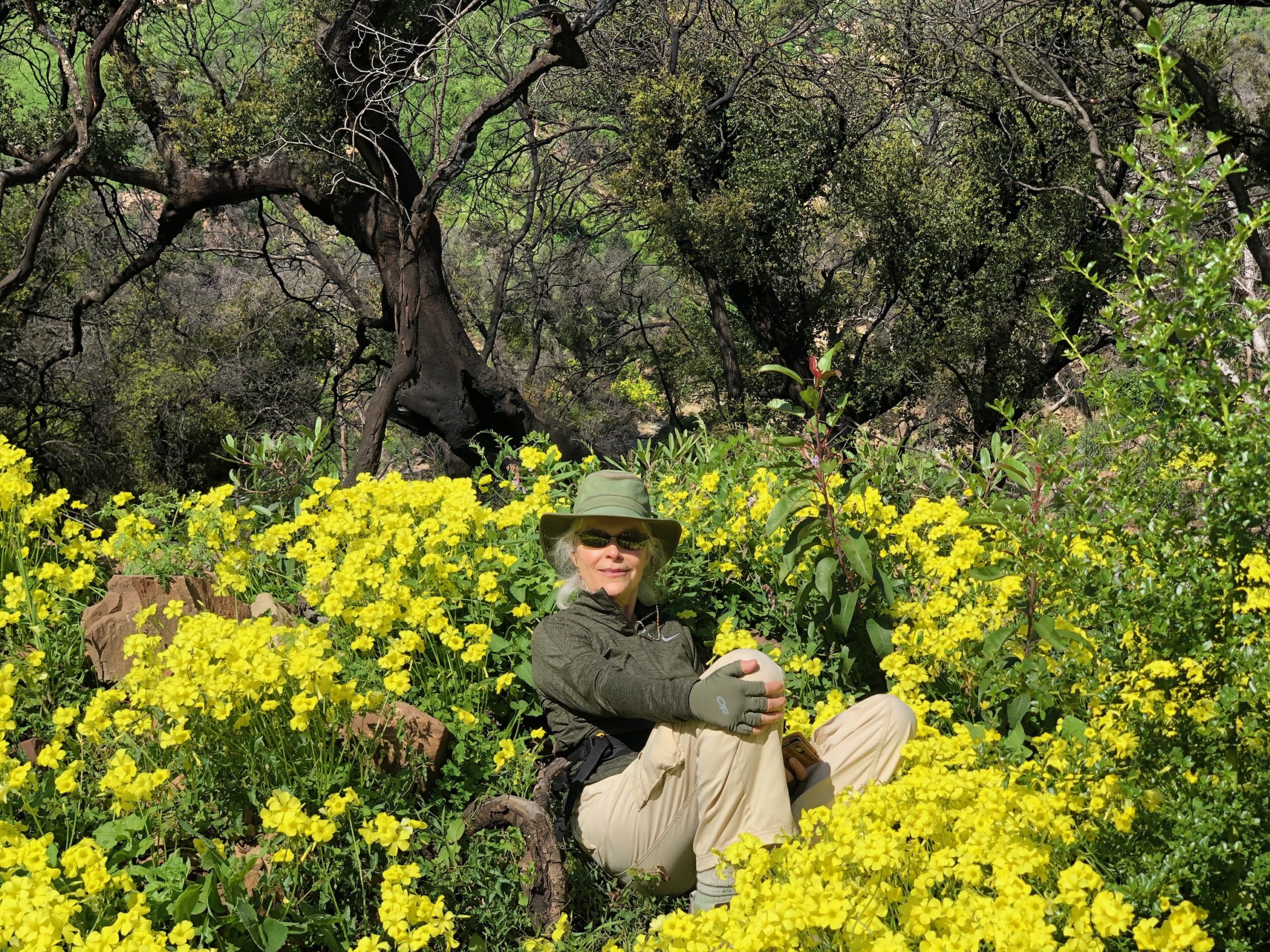
I’ve planted natives, added water features, and put out bird seed in the hopes of attracting birds to my backyard. As a result, my California cottage garden is full of bird activity and song every day.
But there is one thing I recently learned that tops all others for attracting birds to a backyard.

As I write this, it’s spring, and it’s raining catepillars. Seriously, I’ve just come inside from working in my garden to find four of the pin-sized butterflies-in-the-making hitching a ride on my clothing.
I’m thrilled.

Why? Because although I’ve never been particularly drawn to caterpillars, I love birds. And what I recently learned is the majority of bird species rely on caterpillars (not seeds) for sustenance. Especially for feeding their babies.

Bird parents need hundreds of the wriggling creatures a day to feed a nest full of growing fledglings. Having alot of caterpillars in the garden means I’ll be able to help sustain the breeding birds. Our feathered friends need the catepillars for their main source of nutrition.
If you too are a bird lover and you want to attract more birds to your backyard then the question you should be asking yourself is this: How do I get more catepillars in my garden?
I will tell you after I step outside to gently remove the wriggling creatures from my shirt and pants and place them on some leaf mulch.
OK, I’m back.
So, how do you support catepillars in order to attract more birds to your garden?
The good news is that there is one main thing you can do to help birds thrive. You can grow a keystone native tree in your garden.
A one-hundred-year-old oak embraces the back patio of my small California cottage. Its branches almost graze my bedroom sliding doors, comforting me when I sleep.
Now that I’ve learned about the oak’s role as food and housing for over 400 species of catepillars my already immense respect and love for the resident tree has quadrupled.
Oaks (Quercus) are a keystone tree that will go a long way to helping your avian visitors and adding biodiversity to every garden. Depending on the area you live in other keystone species include the cherry (Prunus), and willow (Salix). Those, as well as birches, cottonwoods, and elms are the top woody producers in the USA and best for caterpillars.

If you are thinking – I don’t have room for a Huge tree in my garden – read on.
If you don’t have room for a tree, you can plant herbaceous natives. Goldenrods, asters, and sunflowers (top three to plant in the US) also provide shelter and food needed for insects that feed birds.
When keystone species are removed from an ecosystem (your garden is an ecosystem) the arch of that system falls down. The food web falls apart. And the wildlife suffer.
Adding only one, or a few, of these native plant powerhouses will go a long way towards helping our wild friends, making your garden more eco- friendly and increasing biodiversity on this planet.

There is one more thing to consider in making the most of your plantings.
These keystone plants need to cared for in ways that enable the caterpillars to complete the four stages of their lifecycles.
A catepillar’s egg and larval stages rely on the host plant. Afterwards, the grown caterpillar falls to ground under the tree (or bush) to burrow into soil or spin a cocoon in the leaf litter. This is just one of a myriad of reasons why not planting a lawn under your tree or bushes, and not raking up all your leaf litter are good gardening practices. Add ground cover, plant beds of compatible natives, or simply leave the leaves be. Your soil, trees, and wildlife will be better off.
To find out what keystone trees and herbaceous plants are good choices for your area visit the National Wildlife Federation’s Native Plant Finder website.
Saving Wild starts in any patch of earth (no matter how large or small) you have the privilege of stewarding. The wilder we allow (and encourage) our gardens to be, the better off our wild friends, the planet, and we, will be.
So go get yourself a new native caterpillar loving plant from your local nursery or botanical garden, and let me know how you are attracting more birds to your backyard.
One Reply to “#1 Tip for Attracting Birds to your Backyard”
Comments are closed.

Thank you so much for that. How cute indeed. I have a thing for clothespins . . . I don’t however like caterpillars. As you say, they stick to you and some are poisonous, so I have always told my girls to not touch them. I am glad birds love them though.
I really think this way of thinking about what you can do in your little garden to benefit the planet is very important and empowering. I see so much that people do wrong in their gardens, really just trying to conquer nature instead of facilitating it. These neighborhood covenants in so many places in America will fine you if you don’t “clean up” your leaves in the fall for example.